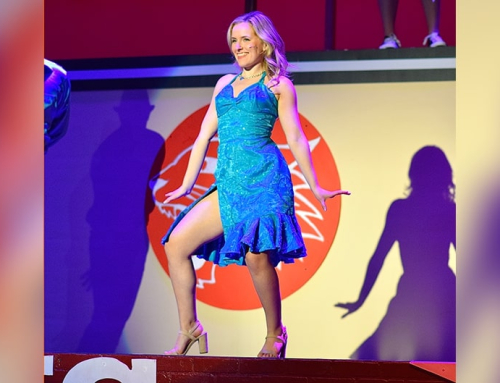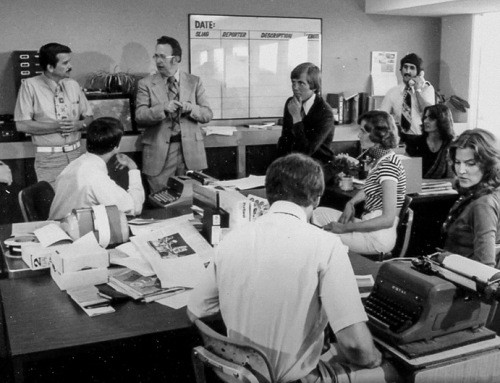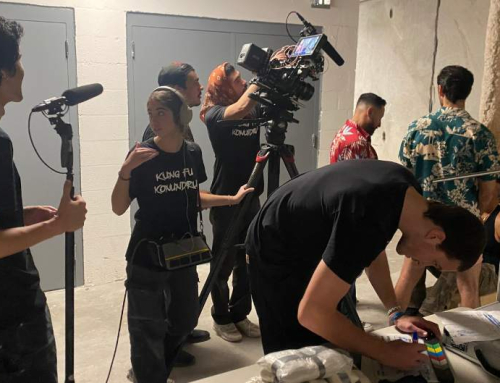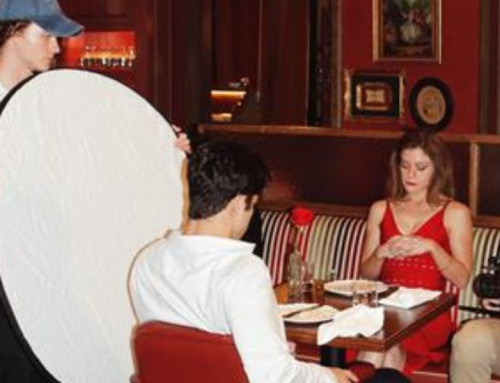By: Karina Valdes
TheWrap’s Top 50 Film Schools of 2020 lists the University of Miami School of Communication as one of the best in the country to study cinematic arts. Earning a spot at number 32 on the list, the program went up three spots from number 35 in 2019.
“Our ranking in TheWrap reflects the standing that the University of Miami has gained in the industry, especially now that our graduate program is well over two decades along and alumni have succeeded at every facet and level,” said Christina Lane, chair for the Department of Cinematic Arts.
Notable recent graduates include Kyle Patrick Alvarez, director of The Stanford Prison Experiment and episodes of 13 Reasons Why, Rachel Brill, senior vice president and general manager at B/R Studio, and Diego and Andres Meza-Valdes, filmmaking brothers known for Boniato, Play Dead, and Casa, which is in development for Orion Pictures.
“Our alumni are incredibly loyal and current students love that they can plug directly into this,” said Lane.
Small class sizes and the numerous opportunities for mentoring from faculty, alumni, and friends of the School are just a few of the notable factors leading to the continued success of the program. With faculty who are also award-winning professionals still advancing the field, students are always connecting theoretical concepts to the technical and business dimensions.
Jeffery Stern, associate professor of professional practice, is an Emmy Award winning sound editor known for Chicago, Boardwalk Empire, and Goodfellas, to name just a few of his film credits.
And just last year, Lane published her latest book, Phantom Lady: Hollywood Producer Joan Harrison, The Forgotten Woman Behind Hitchcock, as did Scott Eyman, part-time faculty and New York Times bestselling author, whose latest biography is titled Cary Grant: A Brilliant Disguise.
“We have a distinguished faculty from top to bottom, many of us operating as professors of practice which means that we are still making waves in the business. But ultimately, it is the success of the students that elevates a program,” said Tom Musca, associate professor of professional practice, whose award-winning comedy Chateau Vato premiered on HBO MAX and HBO LATINO on November 27.
In recent years, a cinematic arts student was awarded the Tinker Foundation grant, while numerous students received Sundance fellowships and entry into Academy Awards qualifying festivals held in Busan, South Korea, Cork, Ireland, Montreal, Warsaw, Palm Springs, California, New Orleans, and Chicago.
“Student work is critical in advertising our undergraduate and graduate programs,” says Lane.
Many classes of the program focus on developing cinematic arts projects that can be entered into festivals and contests. Late last year, students were awarded a Suncoast Regional Emmy by the National Academy of Television Arts & Sciences Suncoast Chapter through a classroom collaboration on a documentary led by cinematography Professor Ed Talavera, which offered all the benefits of a professional environment.
“Hollywood is a highly competitive job market that rewards passion and perseverance. Filmmakers have to travel to that foreign land in the west and learn the insider rules of Hollywood,” said Musca.
For students at UM, the program’s well-versed faculty offer mentorship and share advice even after graduation to help them succeed in their careers. The School also offers an immersive Semester in Los Angeles Program where students spend 14 weeks interning in their field while taking classes taught by L.A.-based faculty and media professionals. This unique experience affords students invaluable opportunities to network and build a bridge to the West Coast.
Ultimately, Musca finds the power of the Cinematic Arts program to be in the diversity of the School and its location.
“Our School is effortlessly multi-cultural, as reflected in the fact that Miami is such an international city,” said Musca. “UM student films are making their mark, regardless of whether they’re shot in the Everglades, China, India, or Estonia.”
With students from all over the globe, the program is leaving an international mark through its many film subjects as told by the diverse voices the program attracts.
“We have gained great momentum because we attract students from everywhere in the world, with distinctive points of view, who are very passionate about the kinds of stories they want to tell,” said Lane.
The University of Miami’s location in South Florida also lends to the program’s growing international presence, especially in the Latinx market.
“Increasingly, the time is ripe to focus on Latinx story subject matter which, culturally speaking, is still woefully under-represented on a national level and is a natural fit for many of our student filmmakers,” said Musca.
As testament, a handful of the department’s films have been licensed to HBO LATINO, while others are winning international film festivals.
“I think anyone joining our programs right now can’t help but feel that they are a part of a dynamic, creative group of faculty and students –something new and vital — because we have made recent changes to become a new Department of Cinematic Arts,” said Lane. “We are pointed toward the future.”
TheWrap’s Top 50 Film Schools of 2020 list was determined by more than 2,000 experts polled anonymously. Visit https://www.thewrap.com/top-film-schools-ranked-2020-afi-usc/ to view the entire list.






